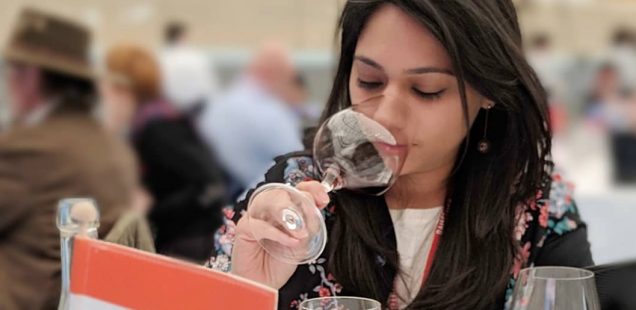
Inside look: Judging an int’l wine competition
This is for all those who believe that I have a cushy job. Well, I do, but it comes with its own share of responsibilities. Judging wines blind for a competition is quiet a task and has one main fear at play, that of overlooking a good wine but, more worrying, the fear that marking a good wine down makes you doubt your own skills as a taster.
Well, the idea is to keep things simple – approach a wine just like a consumer would and see if it calls you back for a second sip. If it does that’s already a good sign. Next, don’t dwell too much on a single wine for chances are it often leads to a subsequent revisiting of the scores which is more driven by self-doubt. And let’s not even talk about palate fatigue, the general tiring of the senses that can settle in after a few hours of doing this and which can dilute the impact of a sample.
But all that aside, the Concours Mondial de Bruxelles is a chance to learn from other tasters and winemakers, to explore some lesser known wine regions and to celebrate with friends-in-wine from around the world. Every year, the CMB sends a personal analysis profiling the taster through compiled statistics on deviations from the mean score, grading average, and most importantly, the proficiency of a taster measured by providing the same wine twice during a blind flight and checking the consistency of both scores.
Here’s a look at the workings of the CMB.
Apologies for the sub-par sound, it’s the best I could manage between tastings.